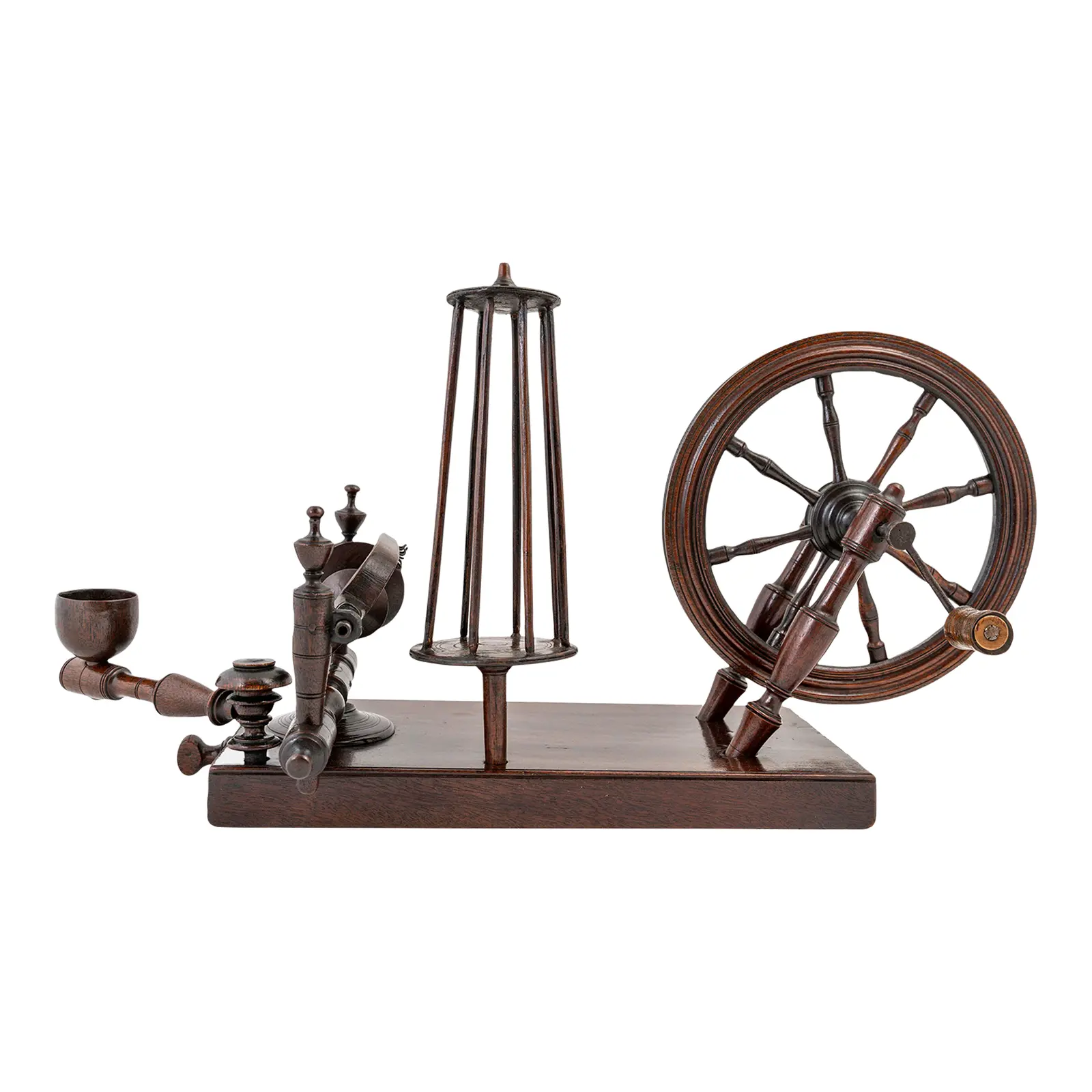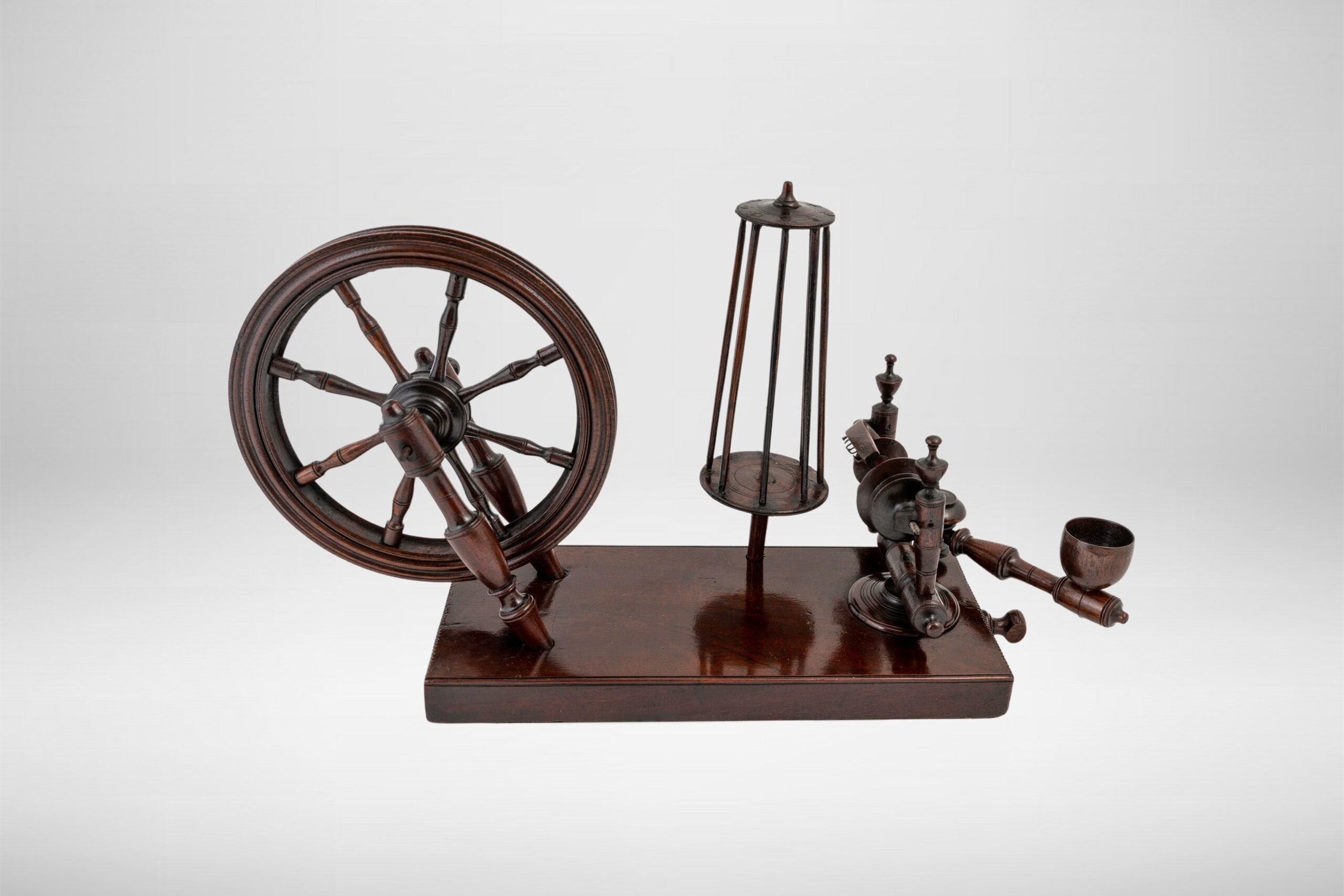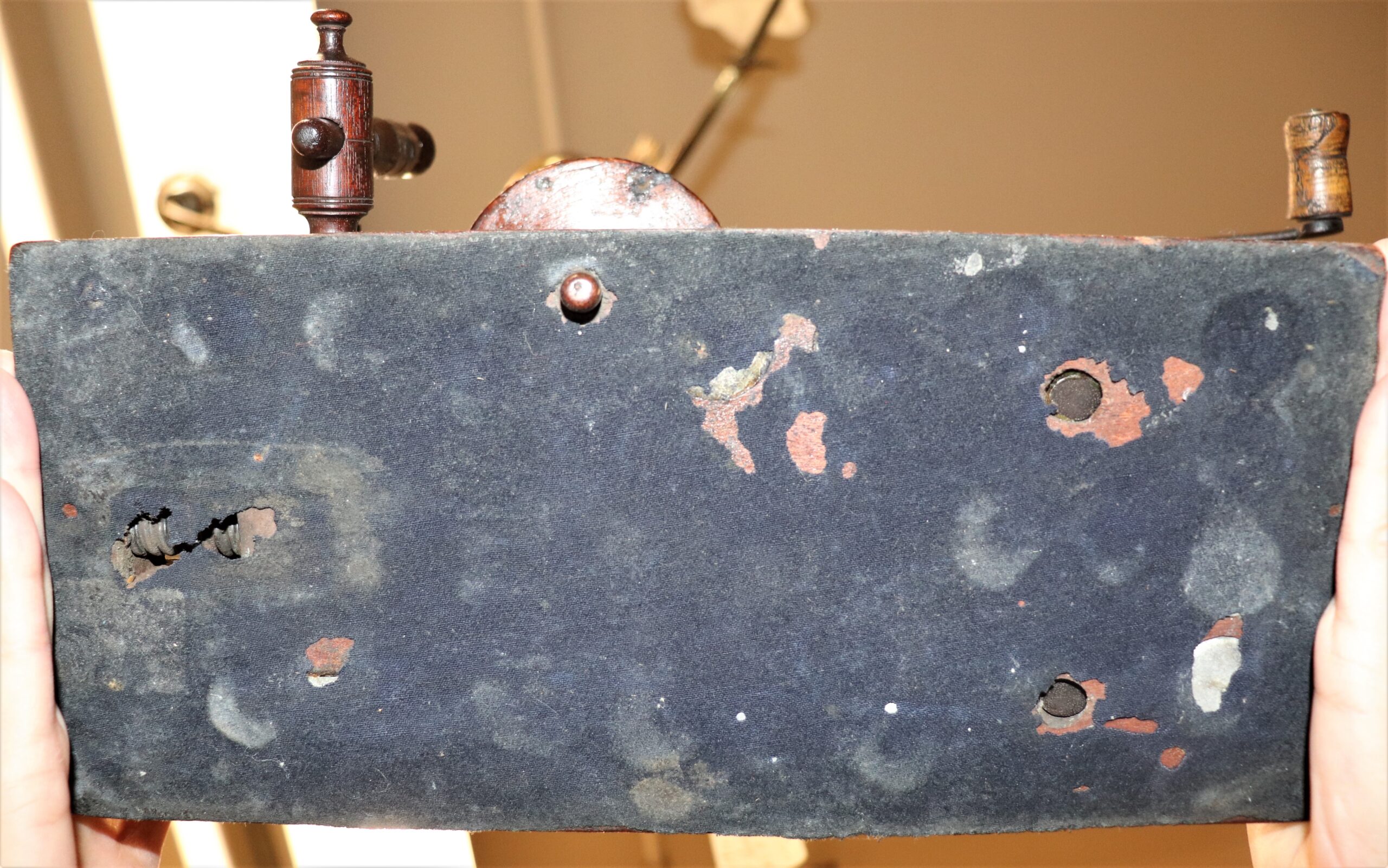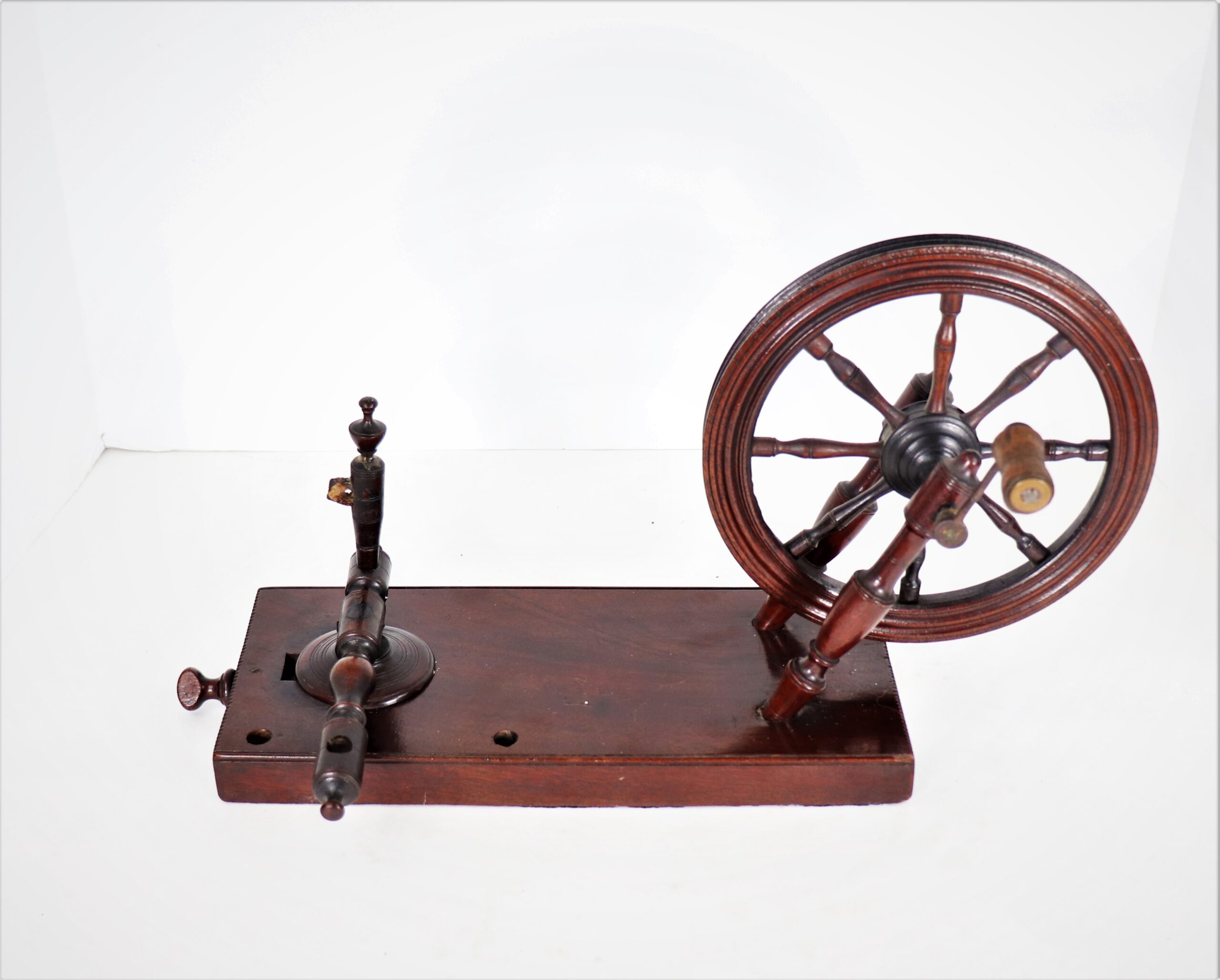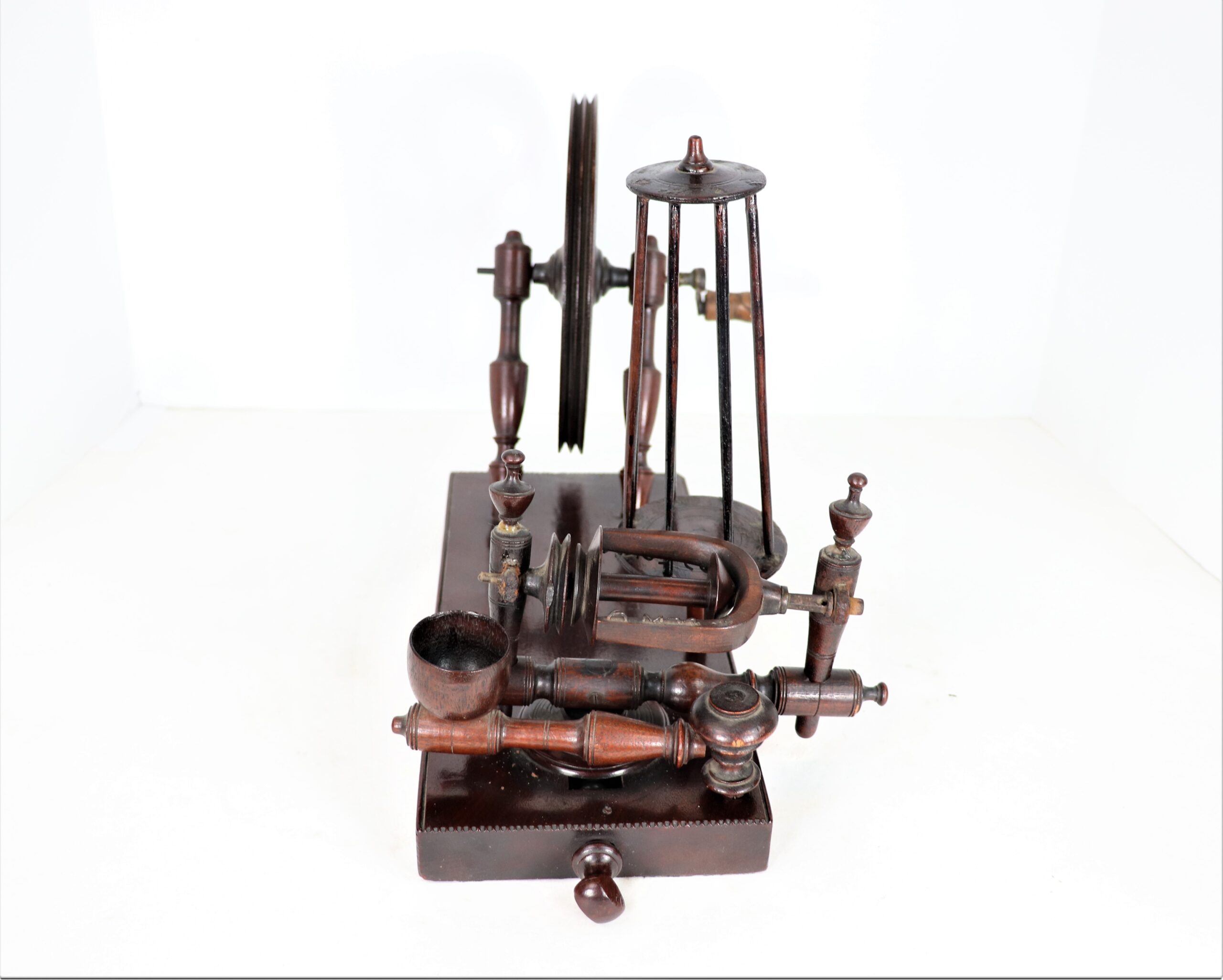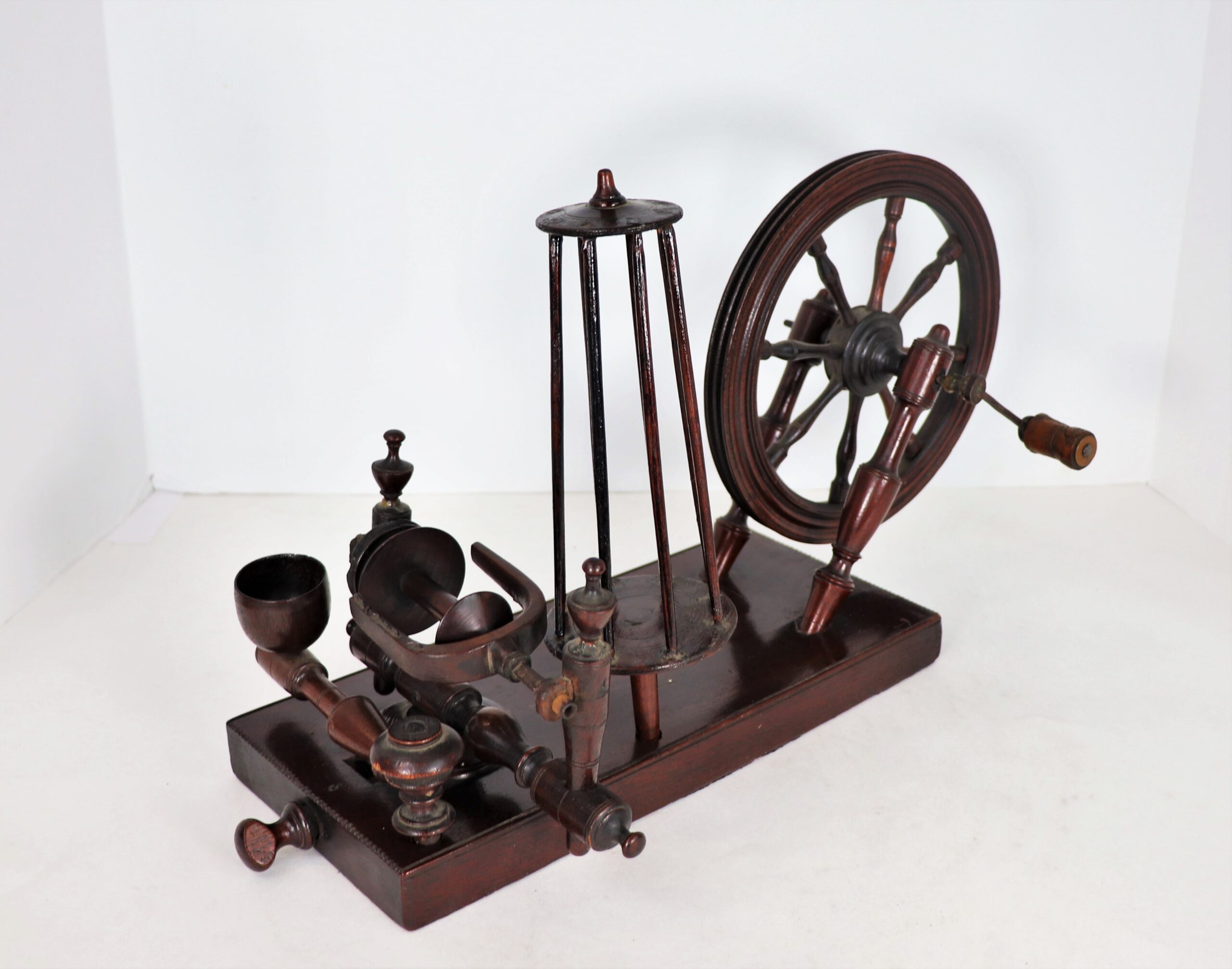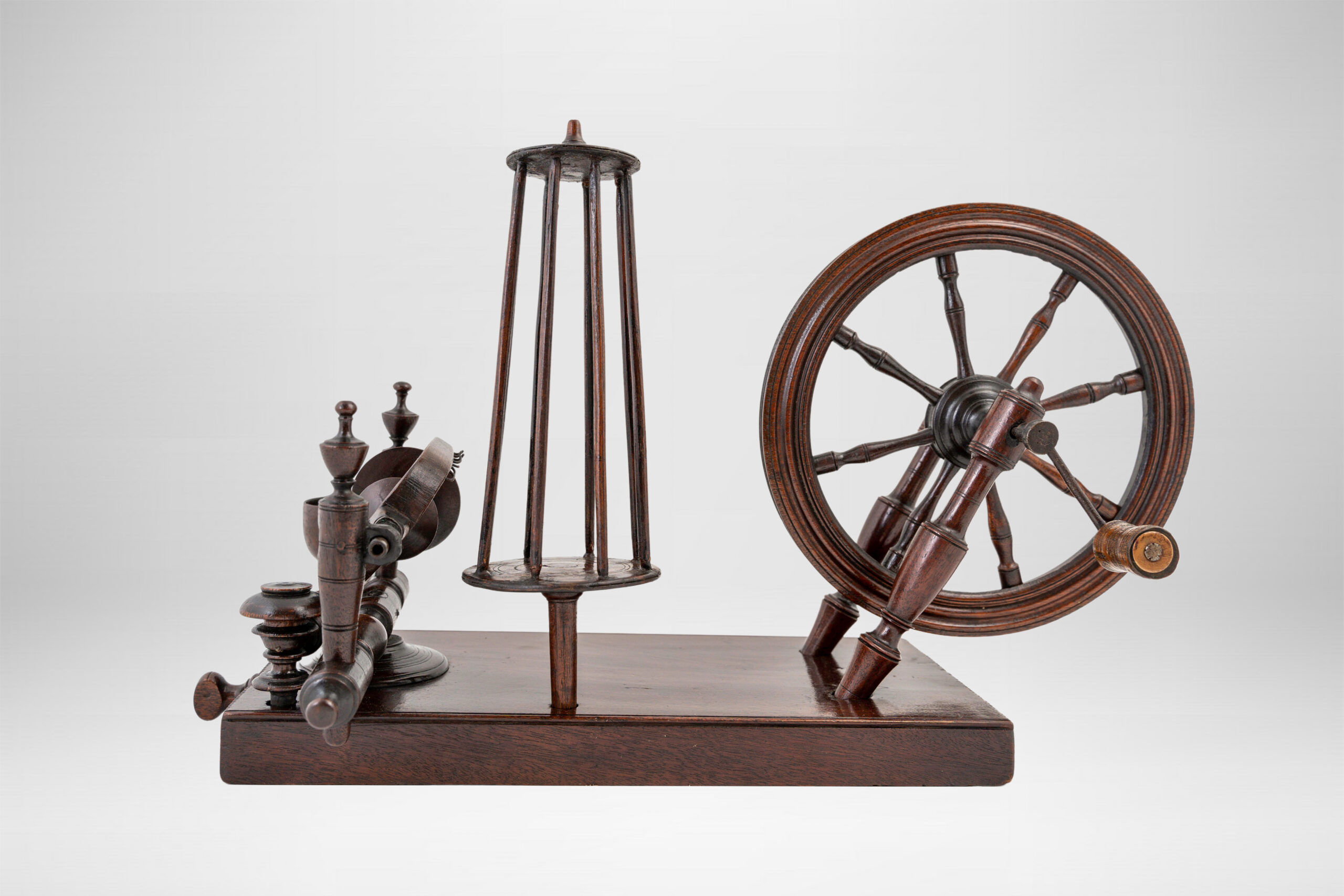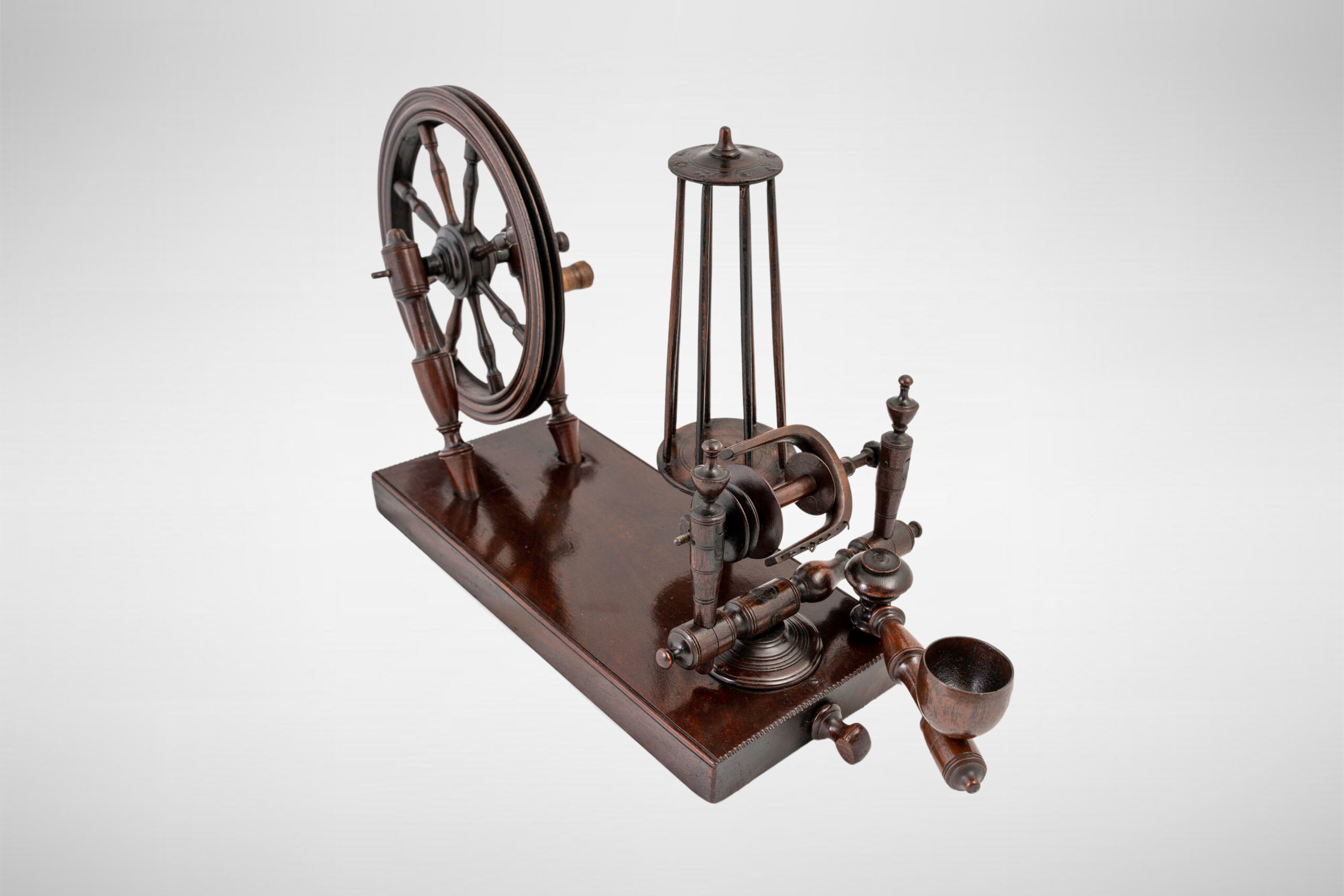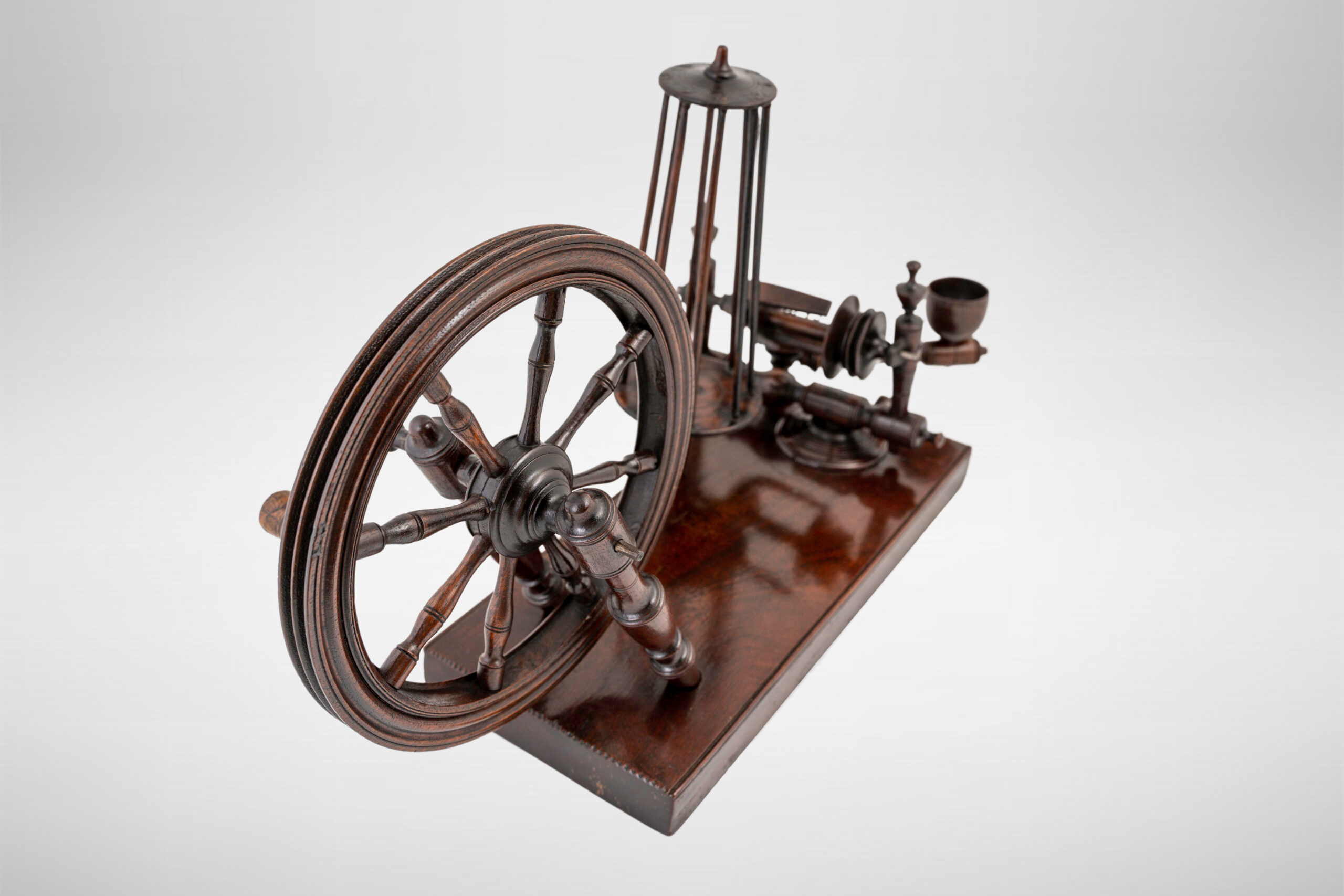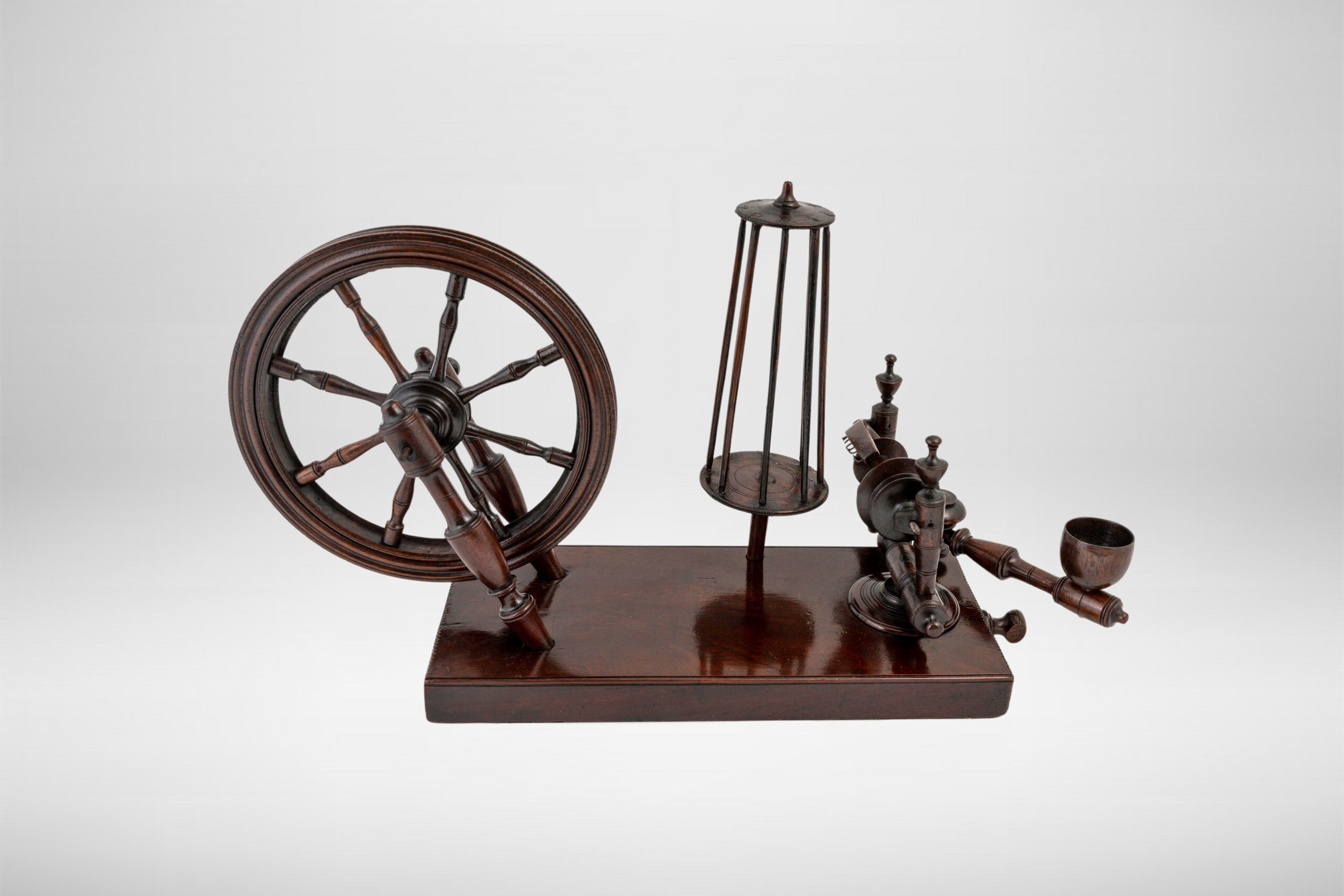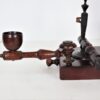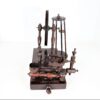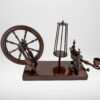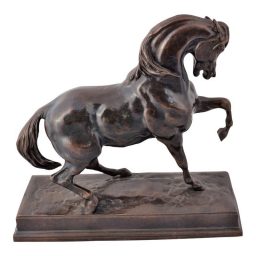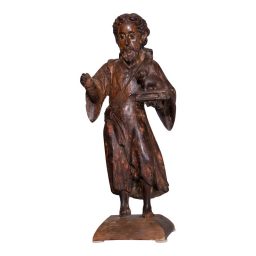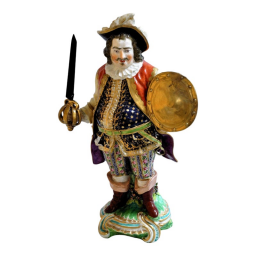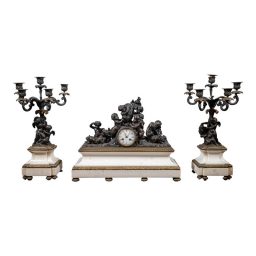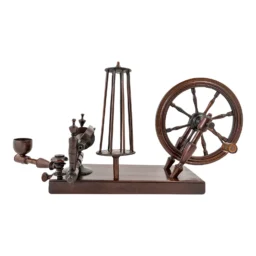Description
Once a prominent fixture in every western home, the spinning wheel recalls preindustrial Europe at its most prosperous. From the fifteenth to early eighteenth centuries—a three-hundred-year period—the textile industry dominated the world economy. British merchants imported luxurious silks from China while the legendary East India Company concentrated its efforts on rich wools and linens. In the newly established American colonies, settler farmers sustained their families by exporting bountiful tons of cotton to Europe. Upon arrival on British shores, these raw materials entered the homes of spinners and weavers—what has become known as the “cottage industry”—and were transformed into beautiful yarns and fabrics. The spinning wheel, first created in India between 500 and 100 A.D., grew notably in popularity at this time.
Black-and-white photographs of neighboring European countries during the nineteenth century, show provincial women alongside their beautifully lacquered spinning wheels such as this gorgeous miniature model made of rich mahogany. This model is complete with its four main components: the wheel, bobbin, table, and flyer. Note the decorative attention to the bobbin and flyer, attached at the far right, which winds the yarn as it is spun. The skilled fluting and reeding details indicate that the maker of this model valued meticulousness and fineness. Today, a crafting enthusiast would more than appreciate such a historic gift that lends itself to be placed on an elegant bookshelf or side table.
H= 10.5 in. W= 21 in. D= 9 in. 8 lbs.


